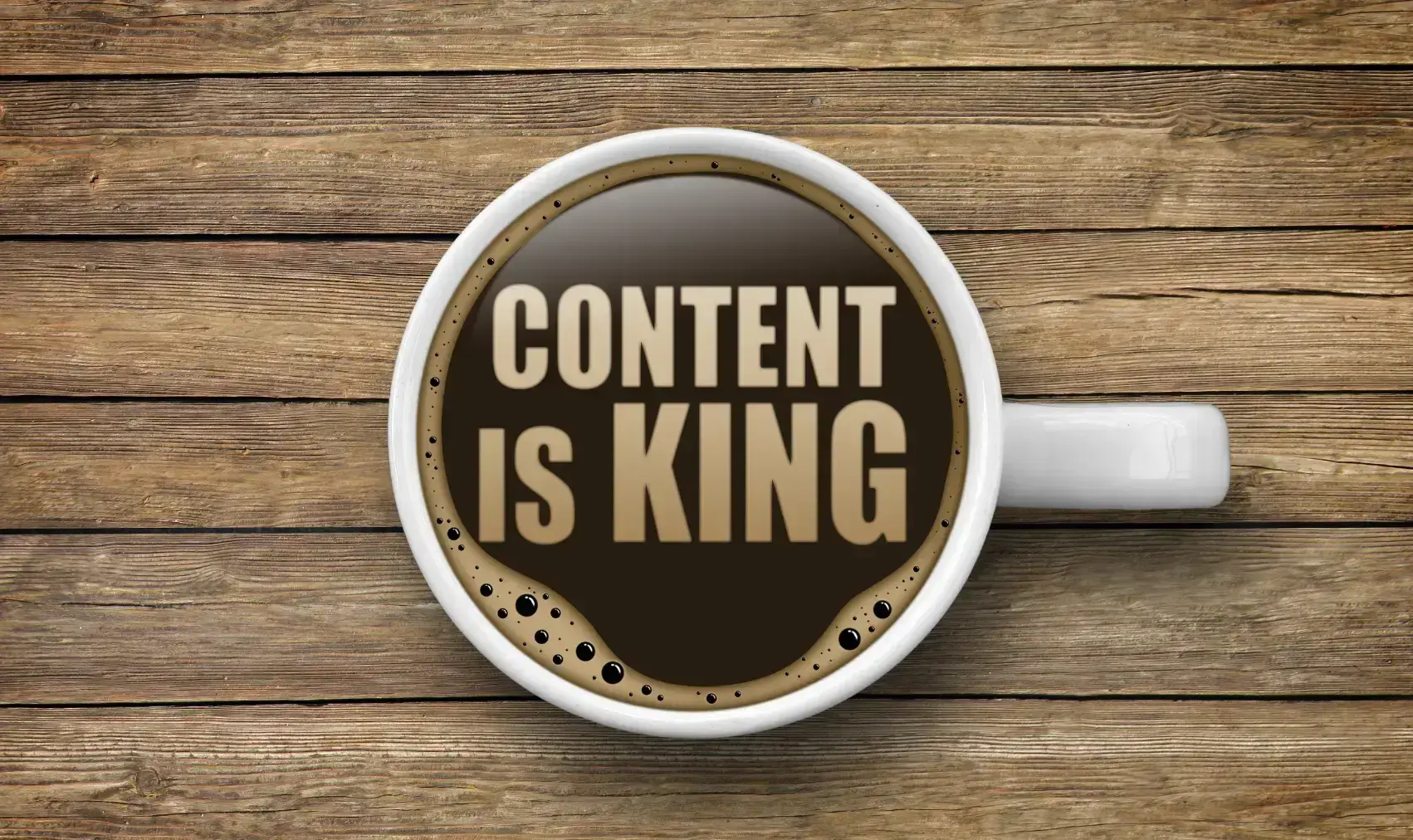If Content Is King, Does that Make SEO It’s Queen?

In the life of an inbound marketer, we hear over and over again that content is king. I do agree with this  statement. After all, the whole basis of inbound methodology is grounded in the theory that compelling content drives leads to your site and answers the questions they seek. Instead of the outdated method of outbound marketing, where you might find yourself buying, begging, or bugging your way to get noticed, inbound marketing focuses on getting found by new visitors, converting website traffic to leads, and leads into customers. This is done by, well, you can guess…adding compelling content to your site.
statement. After all, the whole basis of inbound methodology is grounded in the theory that compelling content drives leads to your site and answers the questions they seek. Instead of the outdated method of outbound marketing, where you might find yourself buying, begging, or bugging your way to get noticed, inbound marketing focuses on getting found by new visitors, converting website traffic to leads, and leads into customers. This is done by, well, you can guess…adding compelling content to your site.
But, if content truly is king of inbound marketing, where does that leave SEO? Don’t they go hand in hand? And can you have content that converts well without it? To answer the last question quite simply, no. You can’t have content that converts well without help from a little SEO juice. Therefor if content is king, SEO is it’s queen, and here’s why.
Getting Noticed
Google has indexed over 50 billion webpages, so for businesses looking to leverage the Internet to find customers that number is more than a little intimidating. It’s downright frightening. Fortunately, when SEO best practices are put in place you can see your rank go up and your traffic increase. Here are the 4 key SEO tactics that should be implemented throughout your site to give your inbound marketing a boost.
Up-to-date Content
Google’s main goal is to provide searchers the optimal user-experience. To accomplish this Google searches for fresh content and websites. In algorithmic language this is referred to Query Deserves Freshness or (QDF), where more favor is given to up-to-date content on trending topics. Google views recent changes as more relevance to a subject matter than a site that hasn’t been updated for a while. Therefor, since Google is all about the user experience, a recently updated site will place higher in search queries.
Keyword Targeting
Keywords are arguably one of the most misused SEO tactics in digital marketing. These chains of words and phrases have been used excessively throughout content in efforts to outrank competitors. But when you refrain from this blackhat SEO tactic and use keywords in the following ways, it's more likely that your content will be ranked higher and you won’t run the risk of getting blacklisted from Google AND looking like a jerk.
Where To Use Keywords
• Long-tail keywords should be focused on terms and phrases your customers will be searching for
• They should be used only a handful of times and be used in a natural tone. No overstuffing!
• Should be present in a title or H1
• Every URL needs a keyword (placed towards the front)
• Alt-tags should have a keyword present
• Your meta-description should have a keyword, this will be bolded in the description
Increased Pages via Blog Posts
Google has admitted that having a larger site map alone doesn’t necessarily mean you will rank higher. However having more compelling content on your site written around targeted keywords is where the value lies. With every new blog post, you are creating a new page centered around a keyword, hence giving you more opportunity to rank for that term. You’ll also naturally have more links for leads to navigate around your site increasing your site hang time. Blogging also creates more pages for other sites to link to, therefor making you more authoritative in your field through the eyes of Google.
Backlinks
The last key tactic SEO does to improve content is backlinks. As noted above, Google ranks sites higher that appear more authoritative in their given field. When other competitors or industry related companies link back to your site or blog posts you’re seen as an industry leader. In years past this was another controversial blackhat technique used by link farms and slimy SEO agencies. Unfortunately these tactics are still being used, but Google Robots & algorithms are growing smarter each day and have cracked down on these unethical methods. Building backlinks in an authentic way is still very much allowed and holds heavy SEO benefits.
Conclusion
Content and SEO are like the peanut butter and jelly on the bread of inbound marketing. When compelling content and SEO techniques are used together, there is no doubt your site will improve and serve your customers better.
If taking on content and SEO seems overwhelming to you, leave it up to AdVision to spearhead your efforts. We start things off by performing a SEO website audit then offer ongoing Inbound (which includes SEO!) to ensure your site is performing at it's optimal level.

May 21, 2015
